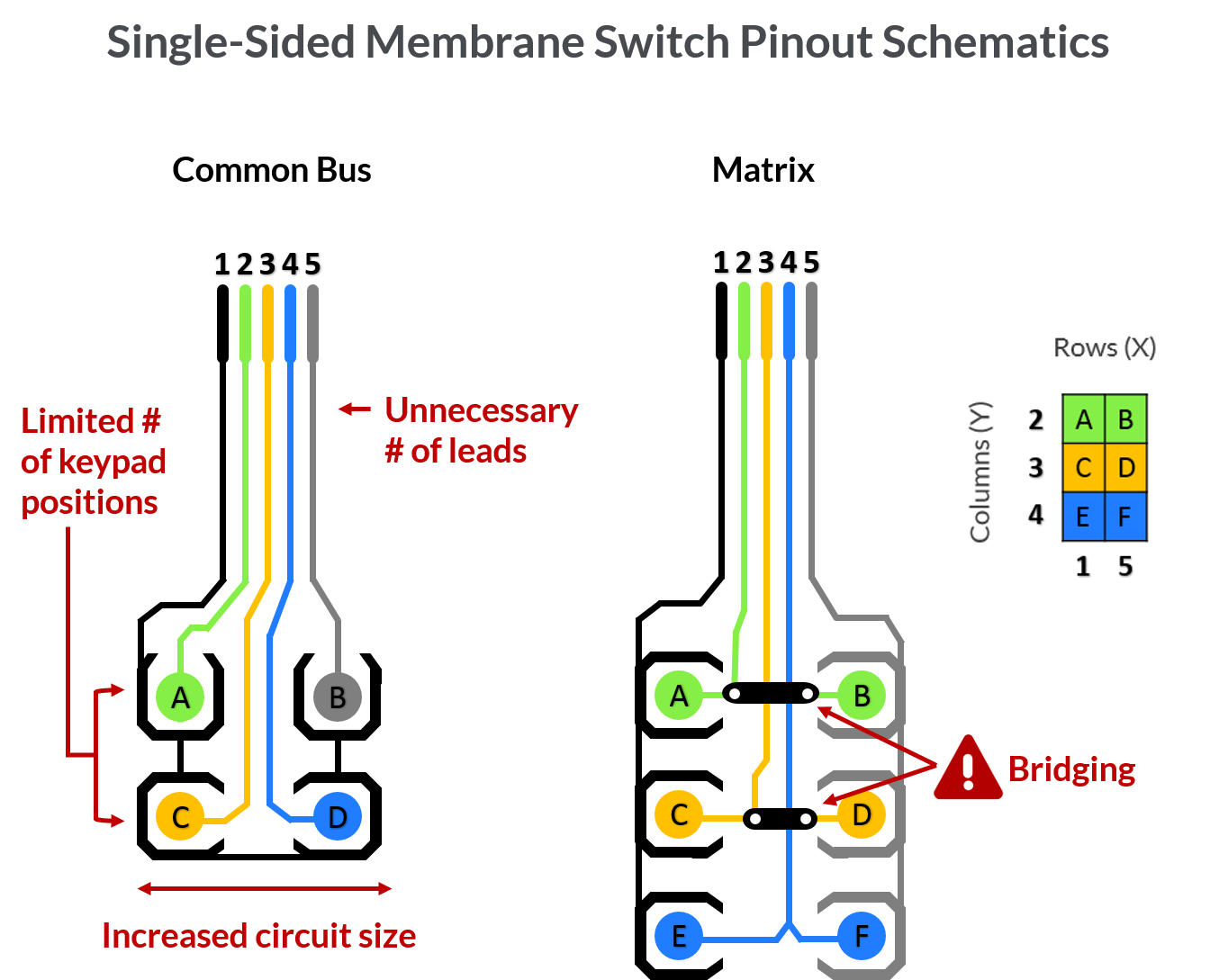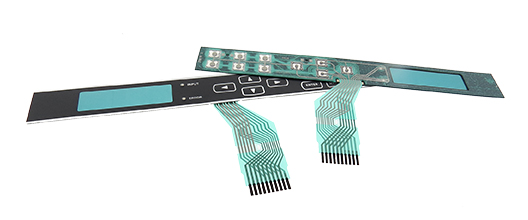Discover How Membrane Switches Enhance Use and Product Effectiveness
Discover How Membrane Switches Enhance Use and Product Effectiveness
Blog Article
Discover the Future of Control Interfaces: Why Membrane Switches Over Are Getting Popularity
As markets increasingly prioritize easy to use and reliable control interfaces, membrane layer buttons are emerging as an engaging solution that integrates capability with design versatility. With the surge of smart innovation and sustainability problems, the abilities and developments surrounding membrane switches warrant better assessment.
Recognizing Membrane Switches
Membrane layer buttons are important parts in contemporary electronic gadgets, serving as interfaces in between makers and individuals. These switches consist of numerous layers, typically consisting of a visuals overlay, a spacer layer, and a circuit layer.

Durability is one more key attribute, as membrane buttons can be developed to resist ecological factors such as wetness, dust, and chemicals. This durability makes them perfect for applications in rough conditions. On the whole, comprehending the framework and function of membrane layer switches is vital for appreciating their function in the advancement of interface in today's technology-driven globe.
Key Advantages of Membrane Layer Switches
Using a variety of benefits, membrane layer switches have come to be a preferred option in numerous applications (Membrane Switches). One of the main benefits is their compact style, making it possible for suppliers to optimize area in tools without compromising functionality. Membrane layer buttons are light-weight, which is particularly important in mobile digital devices

Additionally, these switches offer exceptional longevity. Constructed from flexible materials, they are immune to dust, dampness, and a variety of environmental factors, making them suitable for severe conditions. This toughness usually converts right into a much longer life-span contrasted to typical mechanical buttons.
In addition, membrane layer changes enable seamless combination of graphics and signs, providing aesthetic flexibility and enhancing customer experience. Modification alternatives are substantial, allowing brands to create unique user interfaces that straighten with their product identity.
Another key benefit is their simplicity of cleaning and maintenance. The level surface of membrane switches over protects against the build-up of dirt and grime, making them ideal for sanitary atmospheres. Finally, membrane buttons are economical, as they can be created in high volumes at reduced expenses, making them accessible for a large range of markets. These variables jointly contribute to their increasing appeal in contemporary control interfaces.
Applications Across Industries

A myriad of markets are increasingly embracing membrane layer switches as a result of their flexibility and capability. These manage user interfaces are particularly common in the auto industry, where they are made use of in dashboards and infotainment systems, giving a straightforward and sleek user interface. In the clinical field, membrane changes facilitate the operation of diagnostic tools and patient tracking systems, making sure integrity and ease of use in essential situations.
Furthermore, the customer electronic devices industry gain from membrane switches in gadgets such as microwaves and remotes, allowing for streamlined style and improved durability. Membrane Switches. The aerospace industry also makes use of membrane switches in cabin controls, where area constraints demand compact and effective you could try these out style options
Additionally, the commercial market uses membrane layer buttons in machinery control panels, offering resilience against rough settings and making certain operational performance. Retail environments have actually welcomed membrane switches in point-of-sale systems, boosting individual interaction while keeping visual charm.
Style Trends in Membrane Layer Buttons
Advancing together with technological developments, design trends in membrane layer switches are increasingly focused on boosting individual experience and visual appeal. Modern membrane layer buttons are being created for simplicity and intuitive usage, enabling users to browse interfaces effortlessly. This shift in the direction of user-centric style emphasizes responsive comments, guaranteeing that users obtain instant confirmation of their activities.
Additionally, customizable graphics and shades are ending have a peek here up being common features in membrane layer switch layouts. This versatility allows makers to create tailored interfaces that straighten with branding and certain user requirements. The incorporation of backlighting is one more prominent pattern, as it not only improves presence in low-light conditions yet also includes a visually striking aspect to the overall style.
This shift not just enhances looks yet additionally adds to the total capability and longevity of the buttons. These layout fads jointly emphasize the expanding relevance of combining kind and feature in the advancement of membrane layer switches, ultimately enriching the user experience.
Future Outlook for Control Interfaces
The future of control user interfaces is positioned for significant change as emerging technologies remain to improve individual interactions throughout numerous devices. The integration of innovative products, such as conductive inks and flexible electronic devices, will certainly enhance the versatility and capability of membrane layer switches, making them increasingly versatile to a series of applications. Additionally, the surge of the Web of Things (IoT) will certainly drive demand for more instinctive, easy to use interfaces that can flawlessly integrate with smart gadgets.
As synthetic knowledge and device knowing evolve, manage interfaces will likely include more tailored functions, permitting individuals to interact with gadgets in ways that are More hints tailored to their choices and routines (Membrane Switches). This change towards user-centric layout will place membrane switches as a principal in the market, particularly in sectors like health care, auto, and consumer electronic devices
Moreover, the press for sustainability will encourage makers to discover environment-friendly products and manufacturing methods, making certain that the future of control user interfaces aligns with environmental factors to consider. Overall, as technology proceeds to breakthrough, membrane buttons will certainly come to be significantly advanced, leading the way for innovative control remedies that enhance user experience and operational performance throughout varied sectors.
Verdict
In final thought, the enhancing fostering of membrane layer switches highlights their significance in the advancement of control interfaces. As user-friendly user interfaces end up being essential in the context of IoT and AI innovations, membrane layer switches are placed to play an essential duty.
As markets increasingly focus on efficient and easy to use control user interfaces, membrane layer switches are arising as a compelling remedy that integrates capability with style adaptability.Sturdiness is another crucial attribute, as membrane layer buttons can be developed to stand up to environmental aspects such as moisture, dust, and chemicals.Advancing alongside technical innovations, style fads in membrane switches are significantly focused on improving customer experience and aesthetic appeal. Modern membrane layer buttons are being designed for simplicity and instinctive use, enabling customers to navigate interfaces effortlessly. These layout fads collectively highlight the expanding relevance of combining form and function in the advancement of membrane layer buttons, ultimately enhancing the individual experience.
Report this page